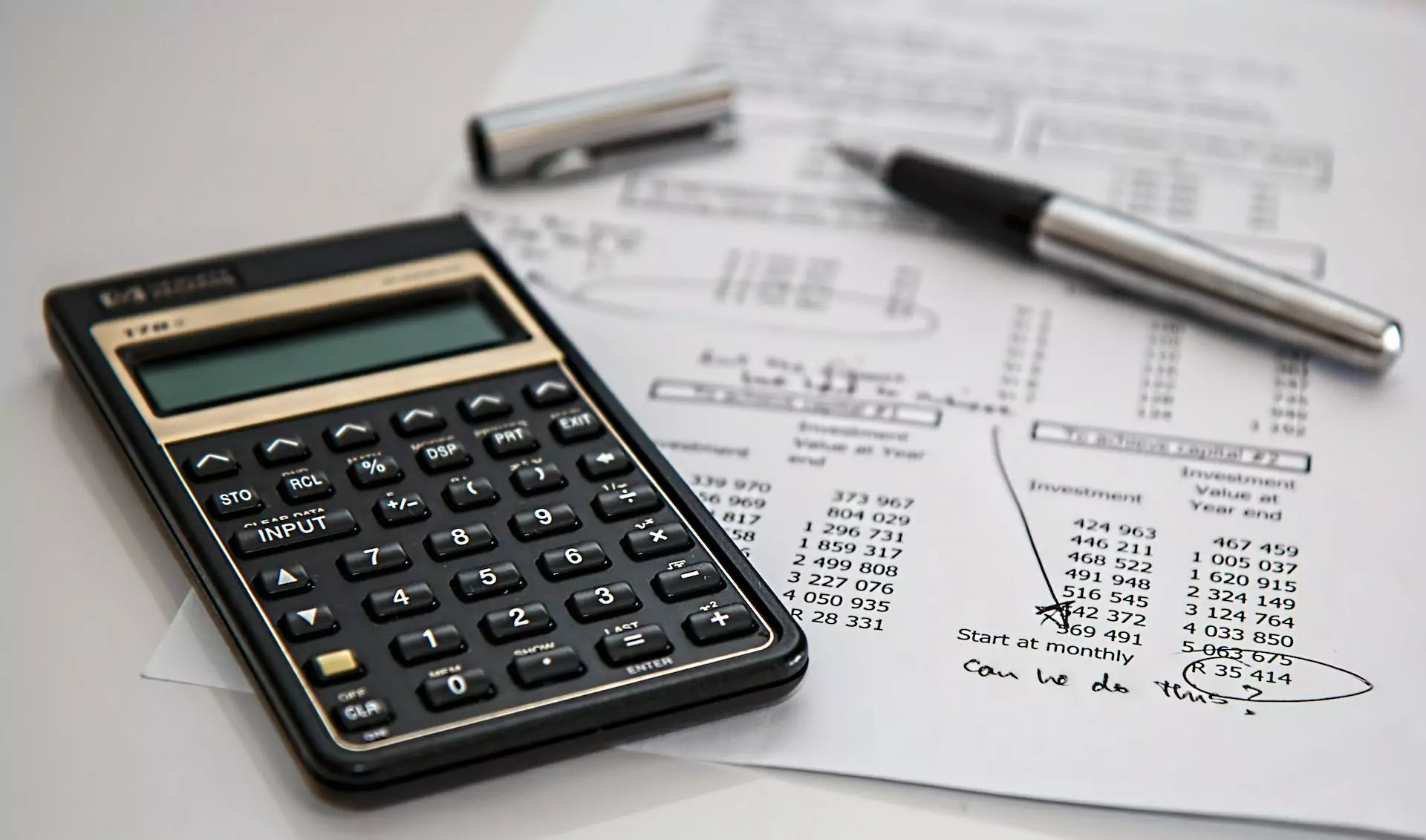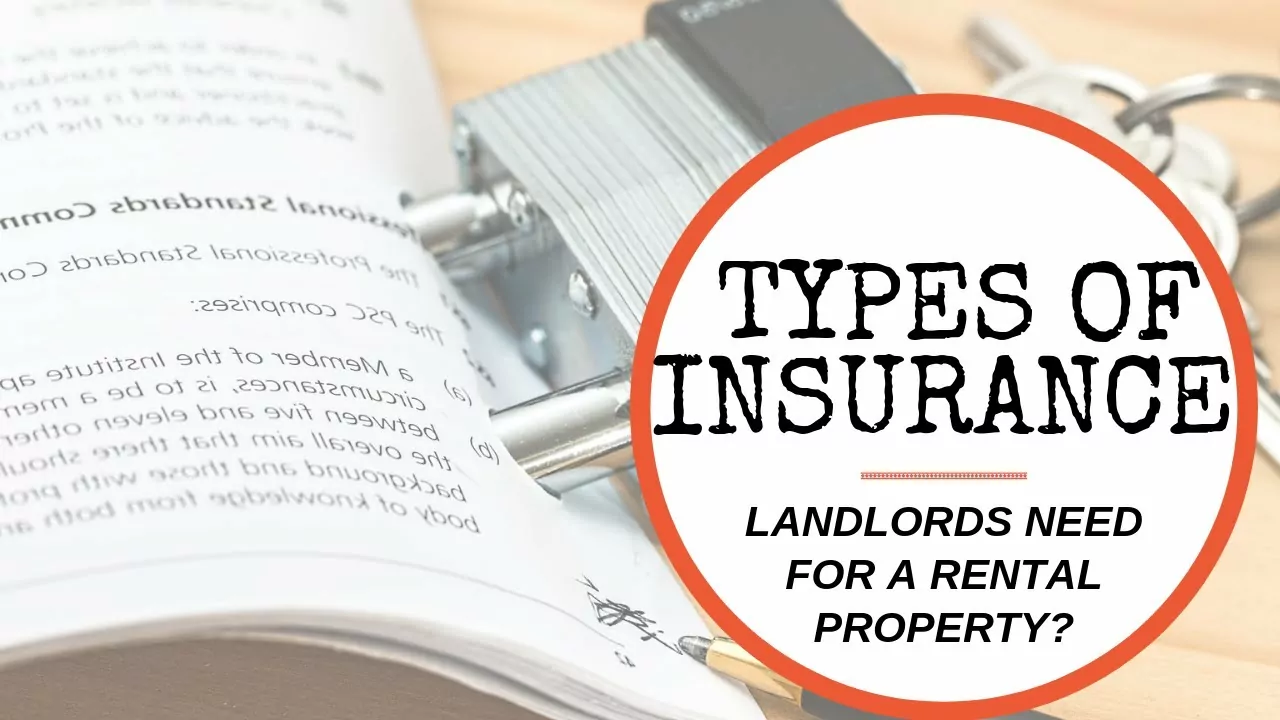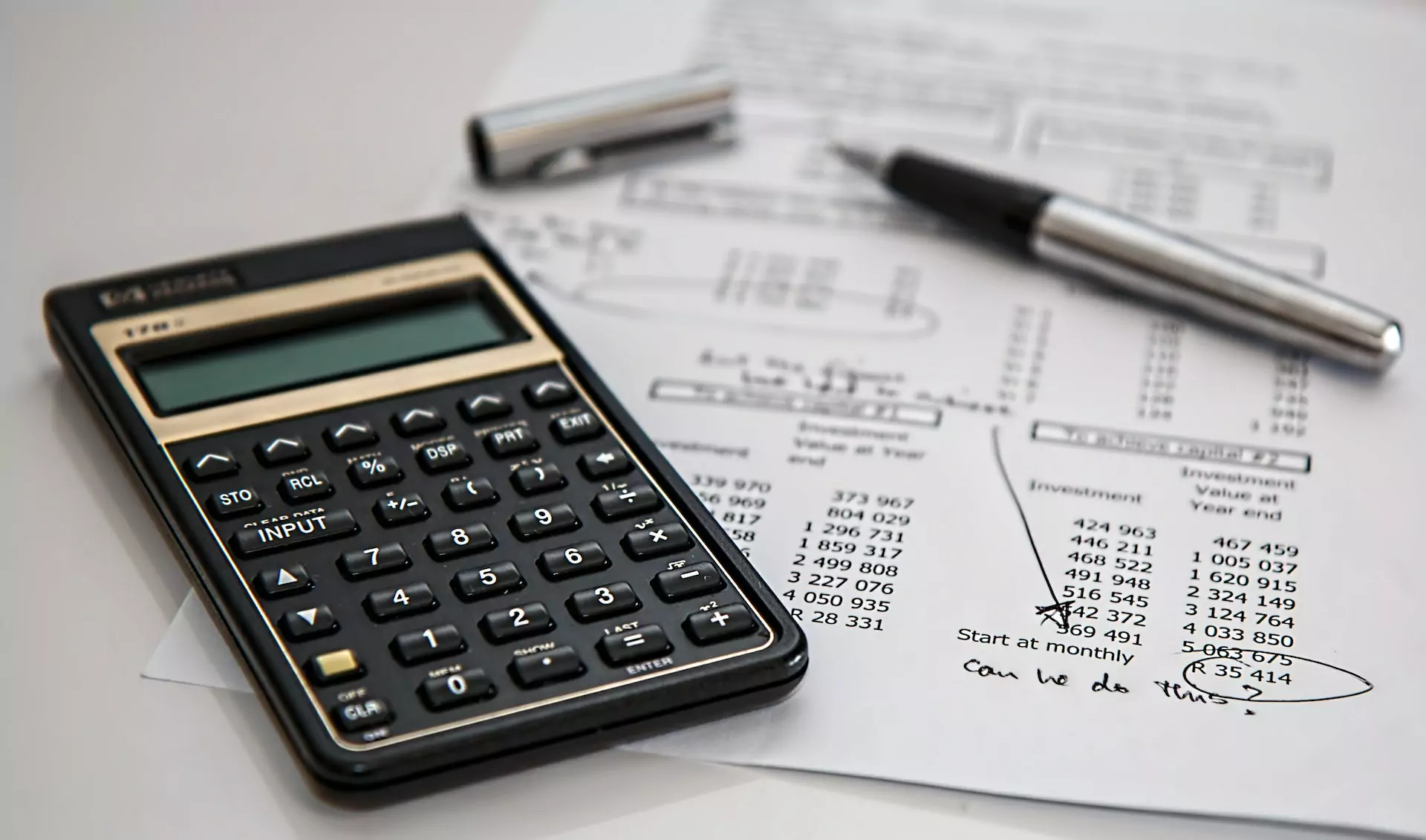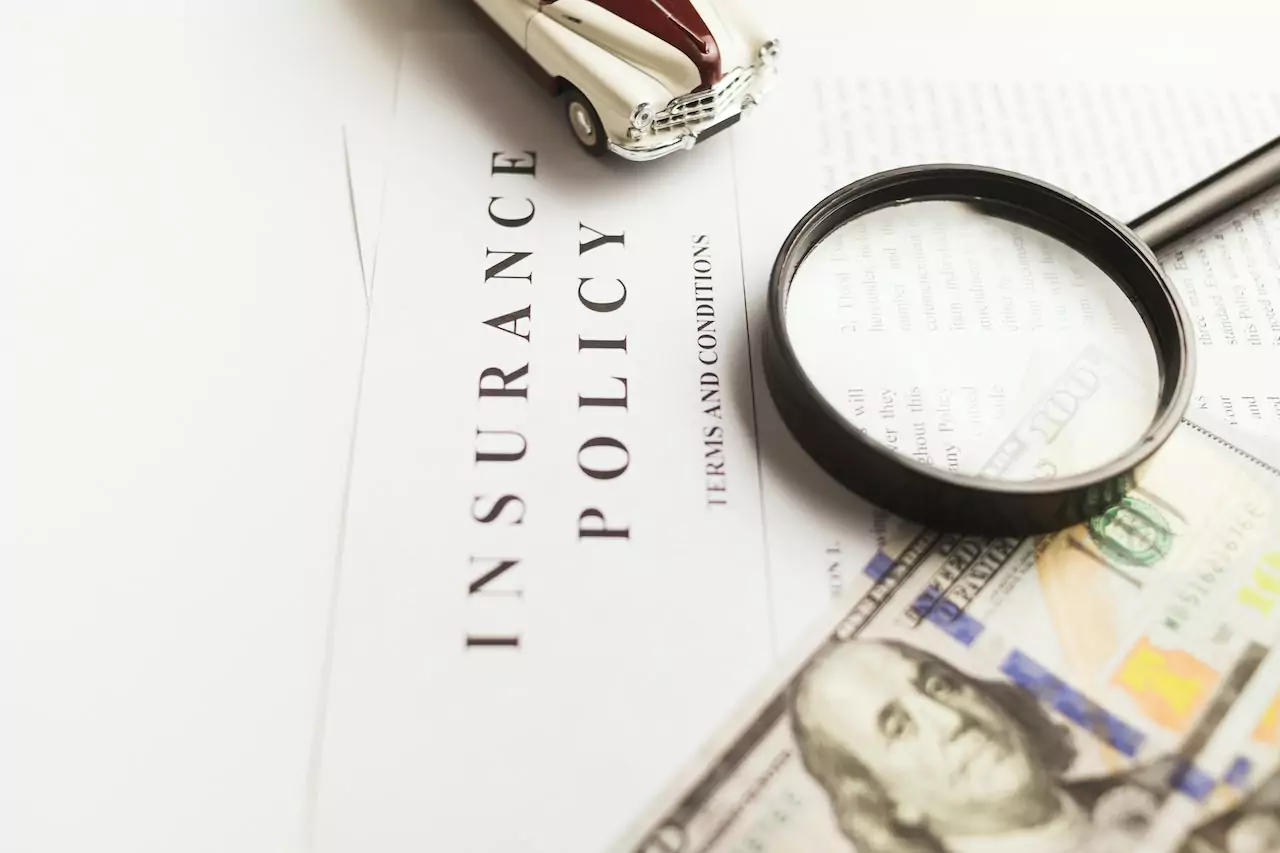A cap or capitalization rate in real estate is the key to unlocking profitable investments. Basically, it tells you which commercial or residential properties are worth investing in and which ones might drain your wallet.
Keep reading to learn what a cap rate is in real estate, how to tell good from bad, and a simple formula to calculate it.
As an investor with 20+ units, I mainly use the Cap Rate to make investments for the BRRRR strategy that I follow. For example, if you purchase a low cost 1-4 unit property that requires improvements or has opportunity to do forced appreciation through rehab, you can improve the market value and improve the cap rate.
In both scenarios below, we see a way to improve the Cap Rate. This allows me to figure out what dollar amount I’m investing, my targets for rehab cost and after rehab appraisal (ARV) as well as my target rental income (which leads to NOI = Net Operating Income).
Example 1: Market Value Based Cap Rate
- Before: Purchase Price: $100,000, Expected NOI without Rehab = $5,000, Cap Rate = 5%
- After: Market Value after rehab: $150,000, Expected NOI = $8,000, Cap Rate = 5.33%
Example 2: Total Investment Based Cap Rate (rehab of $20K)
- Before: Purchase Price: $100,000, Expected NOI without Rehab = $5,000, Cap Rate = 5%
- After: Total Investment including rehab: $120,000 ($100K + $20K), Expected NOI = $8,000, Cap Rate = 6.66%
What is the Cap Rate in Real Estate?
The cap rate in real estate, or capitalization rate, is a way to determine the potential return on an investment property. It calculates the ratio between a property’s net operating income and purchase price.
In simple terms, if you buy a real estate investment property and rent it out, the cap rate tells you the percentage of the purchase price you’ll earn back in one year, excluding operational expenses.
Property cap rates give you an idea of the potential risks and returns. Higher cap rates generally mean better returns on investment, but there’s more risk. Conversely, lower cap rates often point to lower risks and returns.
Understanding the Cap Rate for Rental Properties
According to a recent National Real Estate Investor (NREI) survey, approximately 60% of real estate investors consider the cap rate a key metric when evaluating an investment opportunity.
Let’s say there is a single-family home listing for sale at $100,000 with a net operating income (NOI) of $8,000. This property would have a capitalization rate of 8%.
This means you can expect an 8% annual rate of return on your investment. The cap rate also tells you how long it will take to recover the initial investment, which is just over 12 years for this real estate deal.
Like stock market predictions, cap rates aren’t a perfect measure of risk and return. It’s a snapshot of valuation to get a sense of how income-producing properties will perform in the future.
Good Cap Rate vs. Bad Cap Rate for Rental Property
Every investor has a different risk appetite, which makes capitalization rates somewhat subjective. They largely depend on the types of properties and current market conditions. While there are no clear ranges for a good or bad cap rate, there are some general guidelines.
What is a Good Cap Rate for Rental Property Owners?
Generally, a “good” cap rate is between 5% and 10%. Some aggressive investors target cap rates above 8% or even double digits. A cap rate around 5% is considered optimal for a balance between risk and return.
Current multifamily cap rates are about 5.3%. They’re expected to increase by 5.5% to 6% over the next 12 months as sales volume slows down.
What is a Bad Cap Rate for Rental Property Owners?
Conversely, a “bad” cap rate is anything above or below 5% and 10%. High cap rates could mean the property has maintenance issues or it’s in an area with low rent prices.
A cap rate below 5% might indicate an oversupply of properties for sale, which can lead to lower rent payments and high vacancy rates.
What Affects a Property’s Cap Rate?
- Interest rates: High interest rates and inflation can impact cap rates. When interest rates go up, cap rates tend to follow suit.
Rent growth: Expectations of higher annual rents and net operating income (NOI) can increase cap rates. Economic downturns can also push cap rates higher. - GDP and unemployment: Low unemployment and a strong GDP can lower cap rates, while poor economic conditions can lead to higher cap rates.
- Property location: Properties for sale in prime locations can influence cap rates. This includes proximity to amenities, public transport, and high-demand areas.
How to Calculate the Cap Rate?
Follow the steps below to calculate the cap rate for rental property investments.
Step 1
Determine the current property market value (also called property asset value). This is the purchase price, sale price, or appraised value. Compare local property prices or contact a broker to get current market rates. Let’s use a multi-family building in California valued at $300,000 for this exercise.
Step 2
Determine annual net operating income (NOI). Check similar units in the area and estimate the annual rental income your property could yield.
Step 3
Subtract the operating costs, excluding any mortgage payments. For instance, if your property generates $30,000 in annual income and operating expenses are $5,000, the NOI stands at $25,000.
Step 4
Use the cap rate formula to divide the NOI by the current property market value:
Cap Rate = NOI / Property Value
Cap Rate = $25,000 / $300,000 = 0.0833 or 8.33%
An 8.33% cap rate is on the higher side but still falls within the recommended range, depending on the level of risk tolerance. Consider the property type, current cap rates, and average cap rate of the real estate market you’re interested in.
You can skip all the math and use capitalization rate calculators instead. Baselane offers a free rental property ROI calculator that quickly analyzes property values so you can accurately estimate the cash flow, cash on cash return, and capitalization rate.
When to Use a Real Estate Cap Rate?
Below we detailed the Usage, Applicability and Signficance of a Cap rate for real estate investors.
Usage:
- Primary tool for investors assessing the viability of a rental property investment.
- Also used by investors planning to sell.
- Best suited for rental properties; not ideal for raw land, fix and flips, or certain short-term rentals due to its reliance on annual net operating income.
Applicability:
- Multifamily Rental Properties
- Apartment Buildings
- Single-Family Rental Homes
- Rentable Townhouses
- Commercial Real Estate
It doesn’t make sense to use Cap Rates for short-term rentals as the formula is using Annual Net Operating Income.
Significance:
- Gives an insight into the initial yield of an investment.
- Relates net operating income to the purchase price, providing a profitability perspective.
- Can indicate the time required to recover the initial investment (e.g., 4% cap rate implies 4 years for recovery).
- Valuable tool for estimating the risk level of an investment property.
Final Thoughts
The cap rate is a quick way to compare rental properties, but it won’t give you the full picture of potential returns. For real estate investing, you should also examine return on investment (ROI), annual cash flow, and net operating income.
Net operating income is a particularly useful metric for investors because the higher it is, the more profitable a property will likely be. Increasing rental income or lowering your operating expenses are the best ways to boost your NOI for a better cap rate.
Baselane landlord accounting software can give you a clear view of your NOI with real-time insights and automatic tracking of rental income and expenses. Book a FREE demo with Baselane today.







